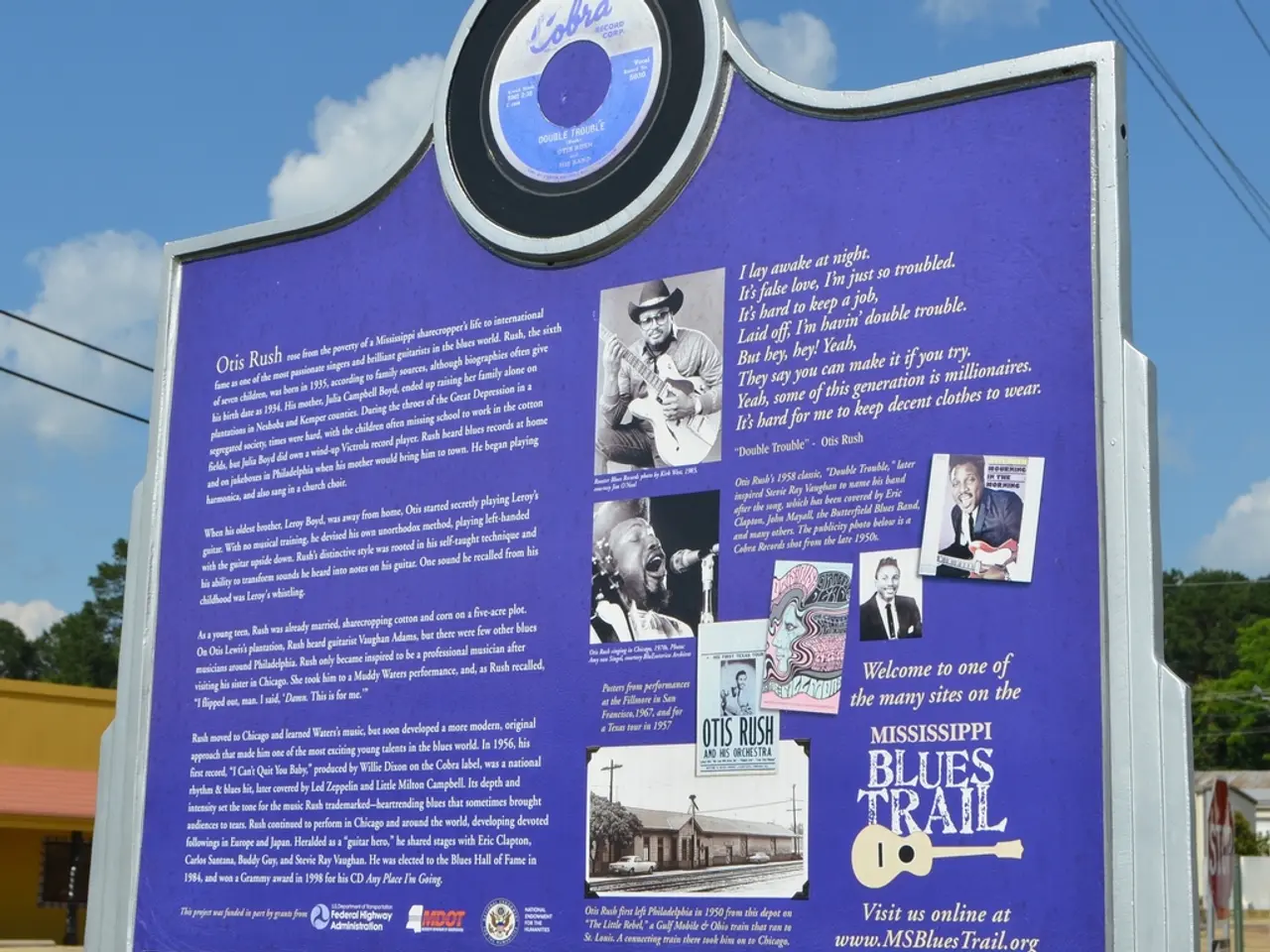Introducing Interactive Audience Engagement Chance for Service Providers by OtherLevels
In a four-month study conducted by OtherLevels, a leading provider of real-time, multi-channel experience platforms, within a single US state, it was revealed that leading US sportsbooks are underutilizing customer betting behavior data for audience activation and personalized marketing.
The comprehensive study, which involved placing 734 wagers of equal value with four leading sportsbooks across various sports, found that while operators collect extensive data on betting patterns, they are not leveraging this information to its full potential. This underutilization could be hindering efforts to maximize player engagement and retention.
The research, which was presented in a report, highlights a significant opportunity for sportsbooks to enhance their marketing strategies. By better integrating betting behavior data, sportsbooks could improve targeting, increase customer lifetime value, and execute more effective personalized engagement campaigns.
However, the study found that operators' messaging consistently fails to adapt to the researchers' demonstrated interests. For instance, only 1.5% of messages included any mention of the top five most-wagered-on teams, and a mere 0.49% even included the first names of the research team customers.
Moreover, despite 471 moneyline wagers being placed on 12 different teams, only 3.74% of messages promoted a team previously backed by the researchers. Similarly, only 3.40% of prop-focused messages mentioned a player previously wagered on, and a mere 0.75% of messages mentioned any of the top five most-wagered-on players.
This suggests a high volume of generic prop messaging, which appears to be a predetermined focus rather than a data-driven approach. Messaging prioritizing player prop betting often features pre-selected players from major sports leagues, rather than those with a demonstrated interest based on betting behavior.
In contrast, tailoring promoted players to a customer's specific interests achieves far superior results, as demonstrated by OtherLevels. Over a 12-month period, OtherLevels measured a 16% lift for NBA messaging with 100% automated, hyper-personalized activations. Similarly, a 30% lift for NFL on-site engagement and an 8% lift for NFL messaging were observed with the same approach.
Brendan O'Kane, CEO at OtherLevels, stated that the study shows a significant opportunity to lift customer activation communication strategies on a personal level. The analysis of 401 received messages revealed a significant gap between customer betting behavior and personalized marketing efforts. This gap presents an opportunity for sportsbooks to improve their marketing strategies and better engage their customers.
In conclusion, the study conducted by OtherLevels suggests that sportsbooks are missing out on opportunities to personalize their marketing efforts based on customer betting behavior. By adopting a more data-driven approach, sportsbooks could significantly improve their targeting, increase customer lifetime value, and execute more effective personalized engagement campaigns.
- Sportsbooks could boost their finance by adopting a more technology-driven approach to leverage customer betting behavior data, as this could help improve targeting, increase customer lifetime value, and execute more effective personalized engagement campaigns.
- The underutilization of customer betting behavior data for audience activation and personalized marketing, as highlighted in the study by OtherLevels, could potentially hinder the progress of the sports industry by limiting the engagement and retention of players.




